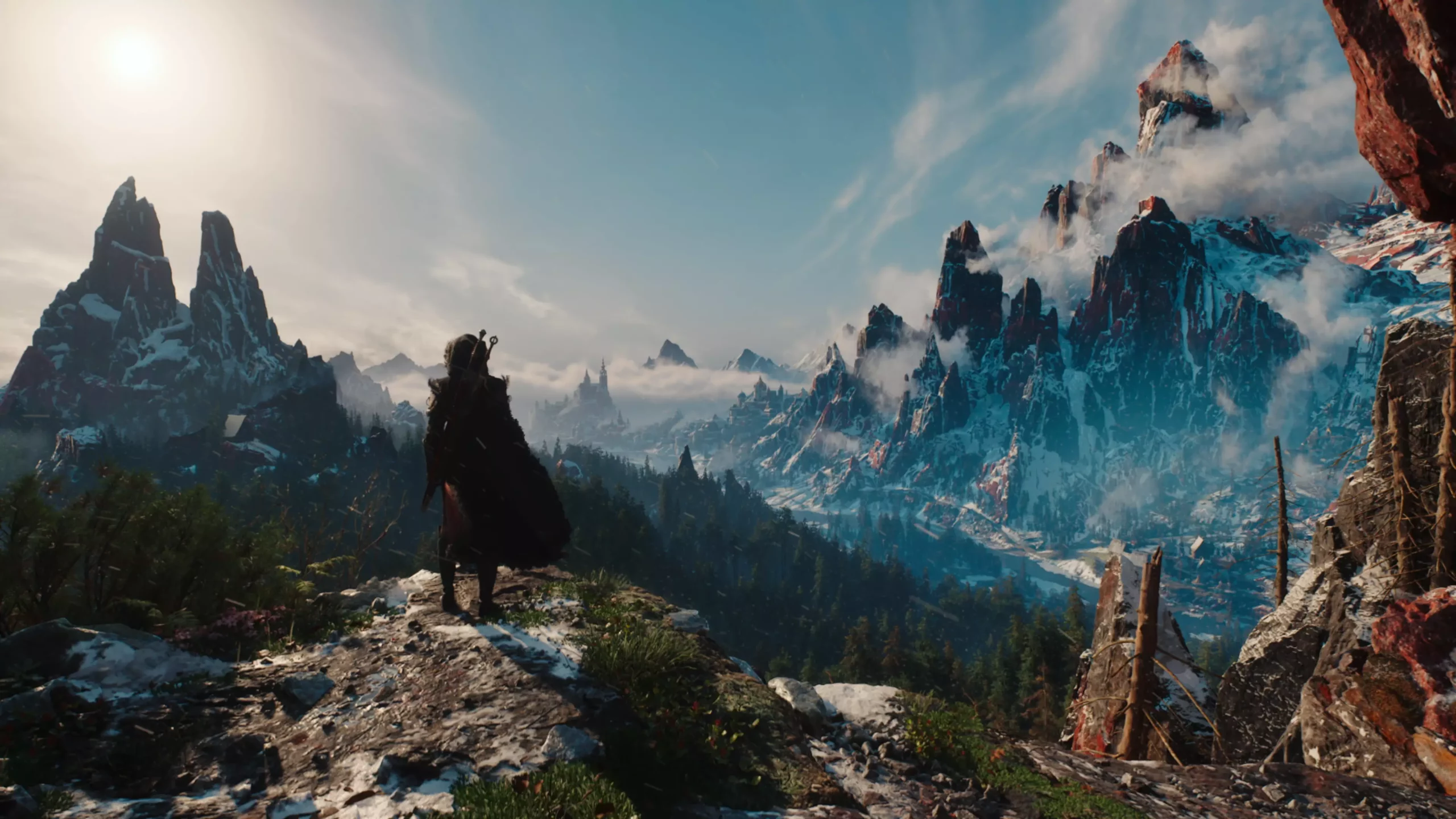The gaming community is buzzing with anticipation as CD Projekt Red (CDPR) progresses with The Witcher 4. However, a recent discussion with Jan Hermanowicz, CDPR’s engineering production manager, has illuminated a critical distinction that every gamer should understand: the separation between a tech demo and the final product. The showcase during the State of Unreal event was not merely a teaser; it was a technological demonstration designed to highlight the capabilities of the game engine rather than represent the finished game. Hermanowicz emphasizes this point, articulating that audiences should not assume the tech demo will flawlessly translate into the gameplay experience. This revelation provokes an important dialogue about expectations in an era where visual fidelity often overshadows substance.
The Artistic Vision Behind The Witcher 4
Despite the uncertainty surrounding the assets and design evolution as development unfolds, one thing remains clear: the artistic vision of The Witcher 4 is steadfast. Hermanowicz noted that while the region of Kovir will feature prominently within the game, the assets showcased may not be the exact iterations players will encounter upon release. Yet, the “art style and visual direction,” he argues, maintain continuity with previous titles. What does this mean for fans? It suggests a franchise that is evolving yet adhering to the core aesthetic that has made it beloved. The hint that players will notice familiar visuals ties back to a rich lore and world that fans want to immerse themselves in, suggesting a thoughtful evolution rather than a radical departure.
Learning from Past Mistakes
One cannot discuss CDPR without reflecting upon the tumultuous launch of Cyberpunk 2077. The studio’s commitment to transparency is palpable, and Hermanowicz’s cautious language reflects a corporate shift towards clearer communication. By labeling the showcased content as a tech demo rather than gameplay, CDPR seems to be taking proactive steps to avoid the pitfalls that plagued their last major title. This cautious delineation helps to mitigate player expectations, preempting any backlash that might arise due to perceived graphical downgrades or gameplay discrepancies. Their approach indicates a keen awareness of community sentiment and a desire to rebuild trust, something that feels particularly crucial in the current gaming climate where hype can often lead to disillusionment.
The Challenge of Communicating the Message
Despite CDPR’s efforts to clarify the distinction between the tech demo and the final game, Hermanowicz admits the challenge lies in public perception. The developers recognize that many players may misconstrue the demo as a glimpse into the actual gameplay experience. Discussions around whether or not the showcased demo could be equated with gameplay illustrate a crucial dilemma: how developers communicate their vision in a market driven by visuals and immediate experiences. CDPR finds itself in a precarious position, navigating a labyrinth of expectations set by both their own previous successes and industry standards.
Historical Context and The Witcher Legacy
Fans of The Witcher franchise are understandably protective of its legacy. Historical context shows that even revered titles have undergone transformations that led to disappointment upon release. The dissonance between the polished trailers and the actual gameplay of The Witcher 3 is vividly remembered, reminding players of the fragile relationship between trailer visuals and final product reality. In an industry where graphical fidelity reigns supreme, the distinction between planned design and practical execution is often blurred. CDPR’s mission to clarify this distinction is commendable, but it also highlights the complexities of game development, where the roadmap can shift dramatically as teams refine their artistic approach.
The Road Ahead: Balancing Expectations and Reality
As CD Projekt Red continues to develop The Witcher 4, the balancing act of managing player expectations and delivering a compelling gaming experience remains critical. The evolving nature of the gaming industry requires not just beautiful visuals but a nuanced understanding of storytelling, gameplay mechanics, and community engagement. The full realization of The Witcher 4 will demand patience not just from CDPR but from the community as well. With Hermanowicz’s candid insights, players are encouraged to maintain a critical lens as they await a game that promises to captivate yet again. In this intricate dance between anticipation and reality, the hope is that the final product will not only meet but exceed the lofty expectations set by a tech demo surrounded in dialogue and scrutiny.

